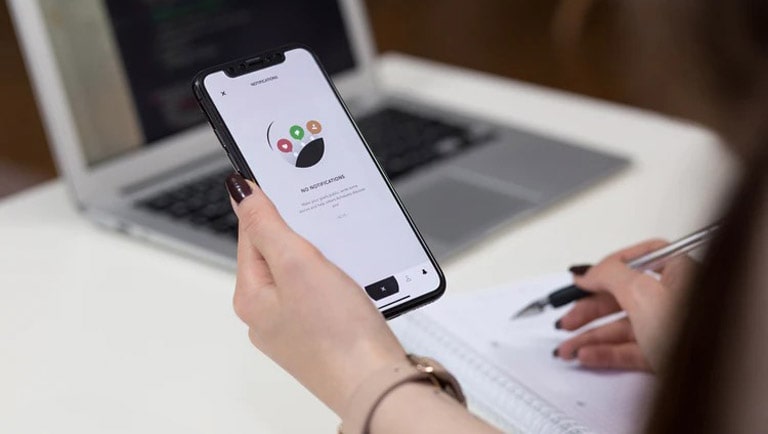Nowadays, mobile technologies are
ubiquitous, with many businesses offering their apps. Through these pieces of
software, customers may access a company’s services while on the go, from their
phone or tablet, communicate with the support center and explore valuable
content.
Eventually, a decent app can boost the bottom line by building trust and making products more easily accessible. Providers working on mobile app development allow companies to expand the reach and their customer base. Informing clients about new products and services is easier than ever.
Here are the eight steps that guarantee the success of any business app, whether for tablets or smartphones. Make sure your process involves all of them.
1. Thorough Research
Homework is the first thing to do.
Collect information about your target audience. Which demographics do you see
your app being used by? What are their typical patterns in consumer behavior?
What motivates them to make purchases? Which features do they value most? There
are many questions to ask at this preparatory stage, and they must be covered
well to make sure your vision of the product is viable.
2. Wireframing
At the next stage, professionals produce sketches that detail the overall vision you have formed. In essence, this is a frame of UI showing the main options, features, and suggested content. This step allows you to spot any issues concerning app usability.
3. Assessment
Even the most visually appealing app
will fail if the back end systems are insufficient, and its functions do not
work as a consequence. During brainstorming meetings, innovative ideas are
born, new features are suggested while others are ruled out.
4. Prototype
The developers will try the app in
practice through the use of preliminary wireframes. Speed is of the essence
here, as it is imperative to asses the touch experience before moving on. It is
a good idea to invite your stakeholders, who will also provide touch comments
on the experience.

5. Design
Here is no coding before the design
stage, which spans from a few hours to a few days depending on the budget and
the scope. It is a complex, multi-level process that includes a number of
obligatory review stages to ensure quality. It involves contributions from:
- The UX (user experience) designer (he/she checks the way
design elements interact). - The UI (user interface) designer
(responsible for the look and feel).
6. Development
Another multiple-level stage, it is
aimed at validating functionality and clarifying the scope of work. Bugs are
fixed, and feedback from trials is acquired.
7. Testing
The earlier it starts and the more
often it is conducted, the better it is. This reduces the costs of bug fixing
and your overall expenses. Here are the main test areas to focus on:
- General usability,
- Comprehensiveness or compatibility,
- Overall security,
- Quality of interface,
- Resistance to stress, and
- Overall performance.
8. Deployment
Well done! The app is now fully functional and ready for launch.

1 comments:
Perfect apps are created through careful planning, design, and expert execution. At Plumlogix, we provide top-quality mobile app development services to ensure every app is user-friendly, secure, and scalable. You can also explore our mobile application development services to see how we help businesses turn their ideas into powerful digital solutions.
ReplyPost a Comment